definately one OF THE MOST FASCINATING AND SAD PLACES I HAVE EVER VISITED but such a small world, we inhabit,
as I met 4 different parties during that trip of just a few hours, small world or what!!
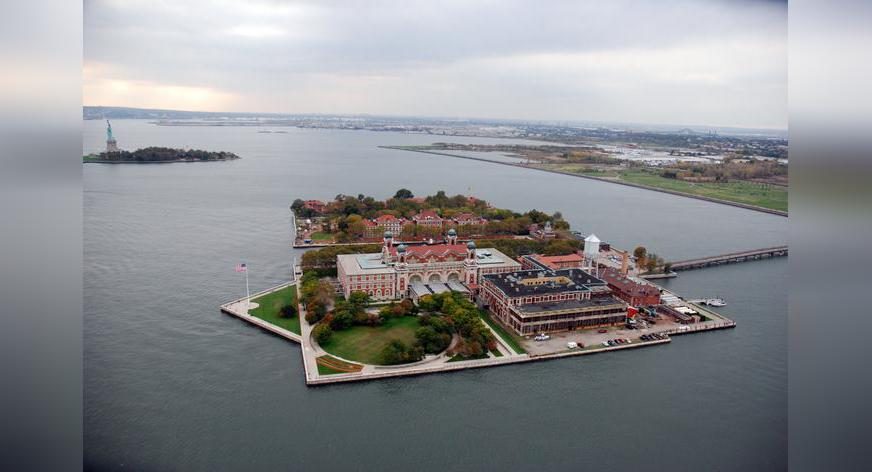

On November 29 – 57 years ago- the greatest monument to a proud history of American immigration was closed. I am talking, of course, about Ellis Island.
During a 2008 trip to New York, I visited Ellis Island (I’m from the UK) with my family.
Many visitors to New York take the ferry to the Statue of Liberty for that iconic photograph. Fortunately, we had the foresight to remain on the ferry and visit Ellis Island. It was worth it.
Although the architecture of the Main Building (now the Immigration Museum) does hint that Ellis Island comprises an important part of American history, it isn’t until one enters The Great Hall that you realise the sheer number of immigrants that Ellis Island handled. It is very substantial – to anyone’s eyes!
Immigrants were processed in The Great Hall from 1892-1954, and those who passed through constituted a very large percentage of the American population. Today ,more than 40% of Americans have at least one ancestor who arrived at Ellis Island.
Now it is time to remind researchers that not one immigrant’s name was ever changed at Ellis Island, despite the stories told in many families. According to senior NARA officials, not one documented case has ever been found.
Immigrants’ names were written on passenger manifests by officers of the ship or the shipping line before departure from a European port. Manifests were checked again before passengers disembarked and reflect deaths that occurred onboard, babies that were born, or passengers supposed to be on that ship but who never appeared to travel (for a variety of reasons).
Clerks – who spoke some 60 languages and were likely immigrants themselves – checked off the names on those manifests with the people in a line in front of them. There was no way for a name to be changed as all they did was check off a name on their list.
However, there was nothing stopping a new immigrant, arriving in the Golden Land, to adopt a new Americanized name the minute he stepped into New York City.
We are sure that many of you have heard these myths of how your family name was changed by officials at Ellis Island. If you’d like to share them, we’d like to read them! But remember that those stories are myths!
The records of the immigrant passengers are available free of charge from World Vital Records, a company now part of the MyHeritage family.
Below is a great photo of immigrant belongings taken on a recent trip to Ellis Island by Denie, The Netherlands Community Manager at MyHeritage.
This post was co-authored with Schelly, US Head of Genealogy at MyHeritage.
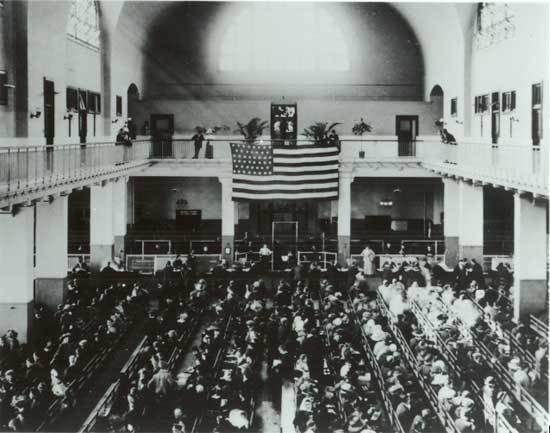
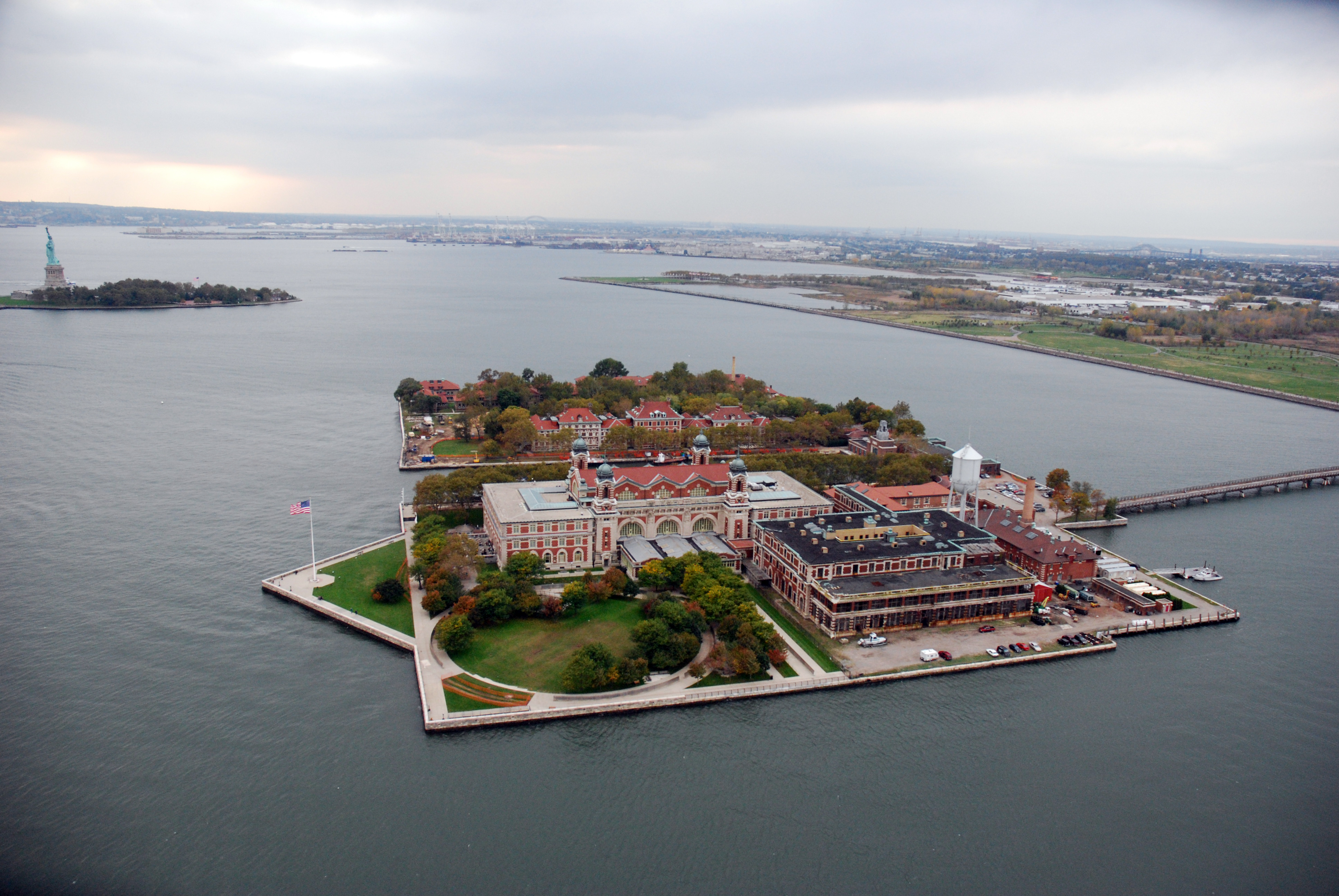
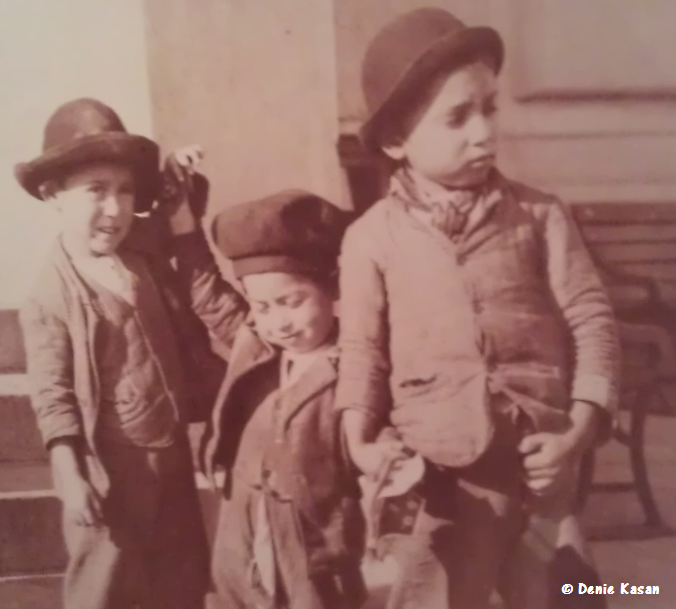


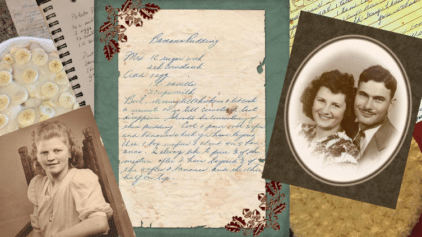
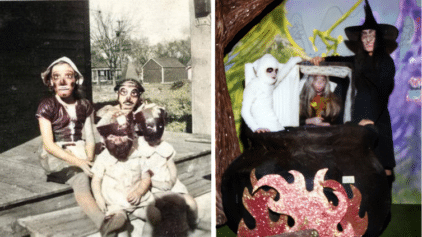
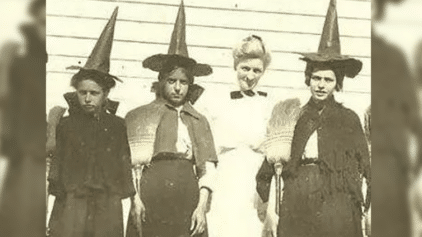
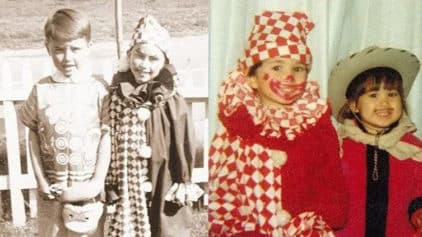
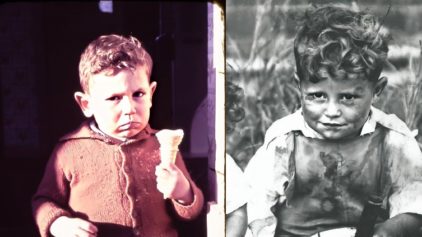
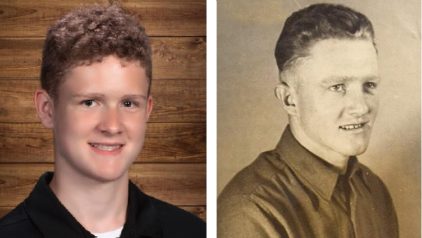
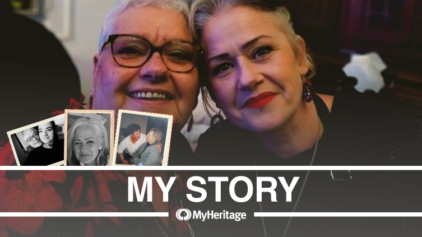


hELEN Kril Blum
December 1, 2011
I would like to know the name of the ship my parents arrived on.
came here at Ellis Island on Dec7th 1947 from the Ukraine.